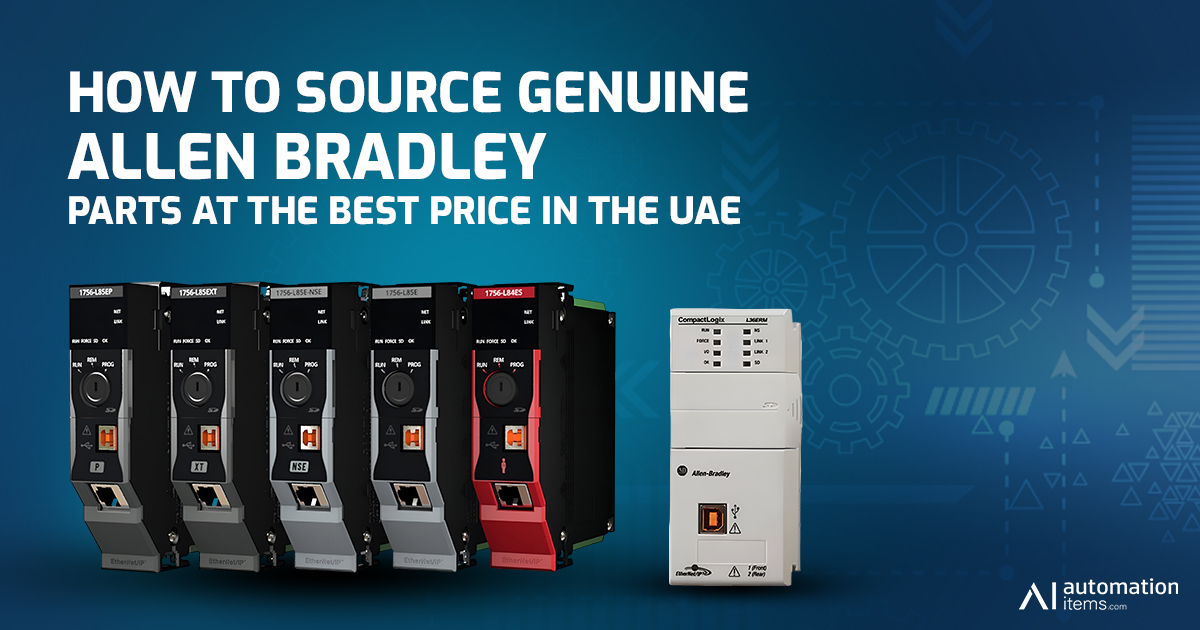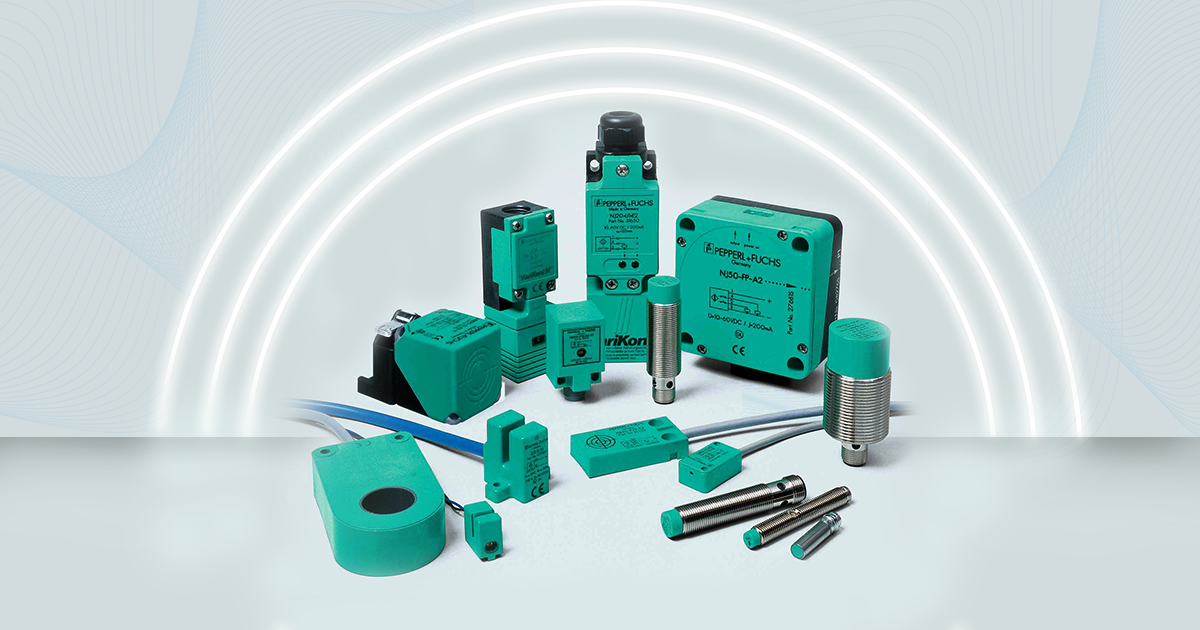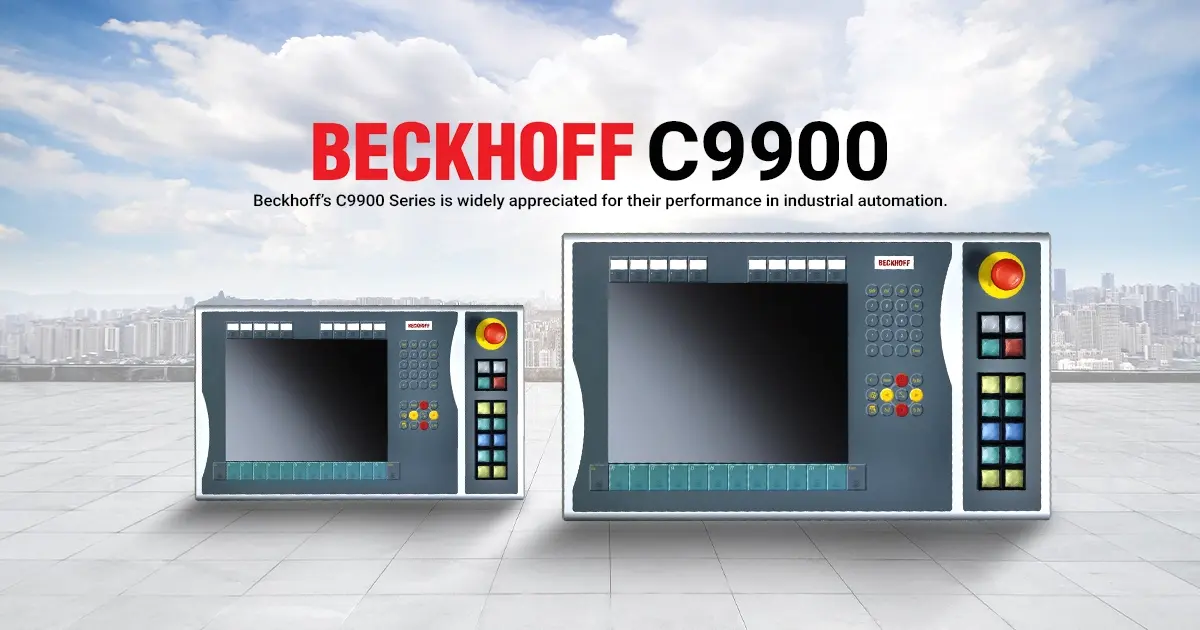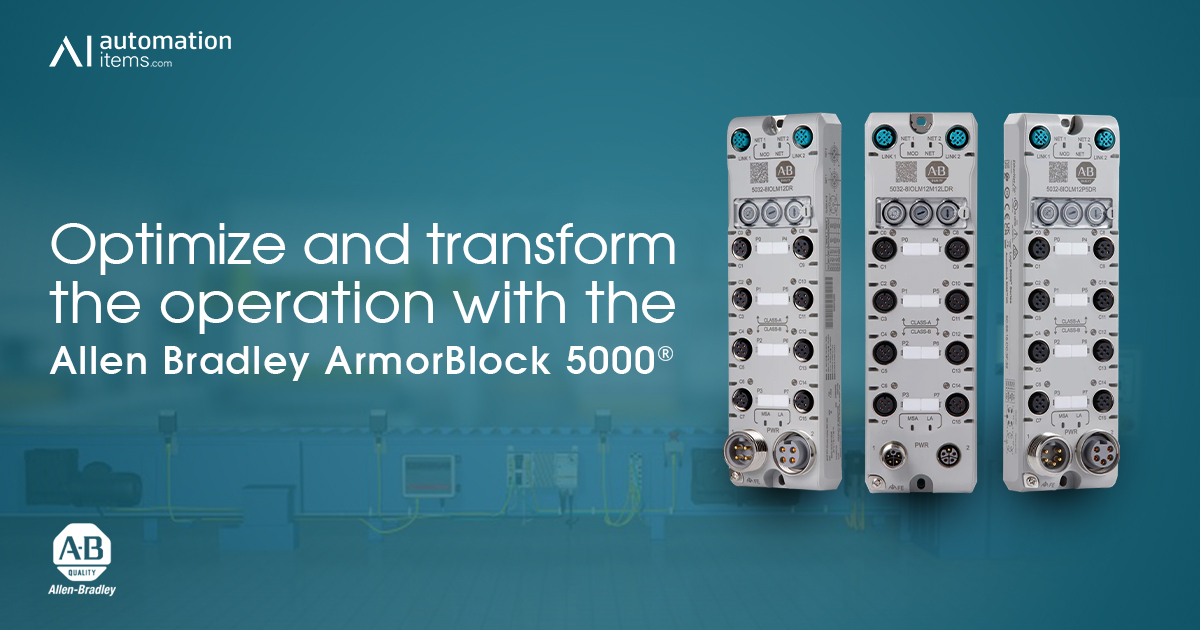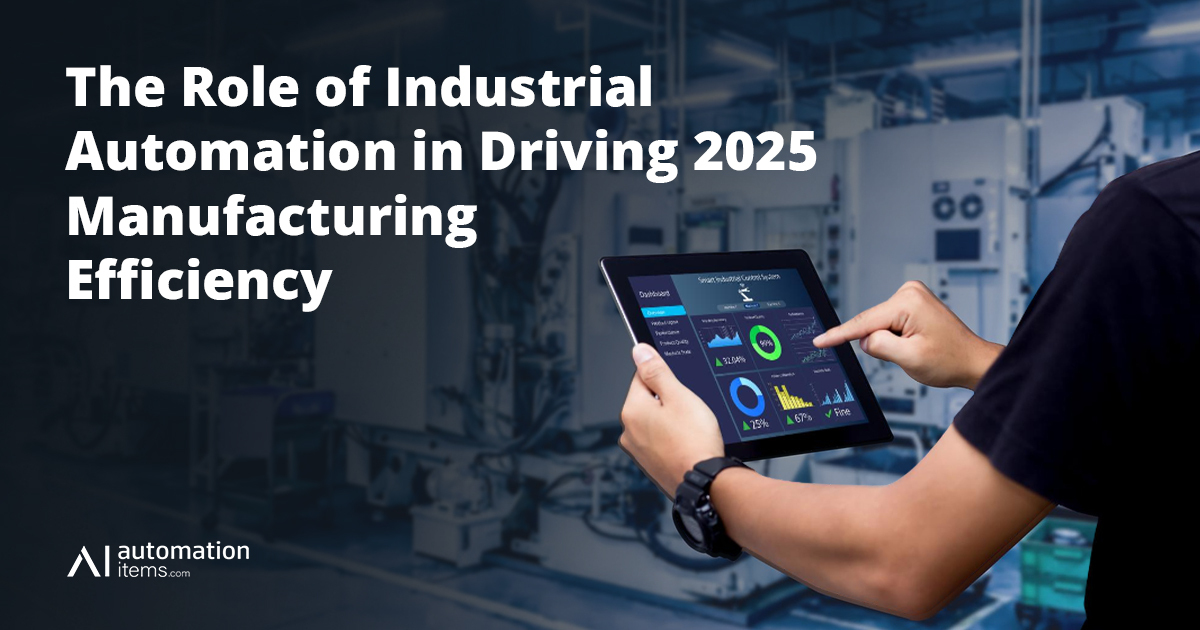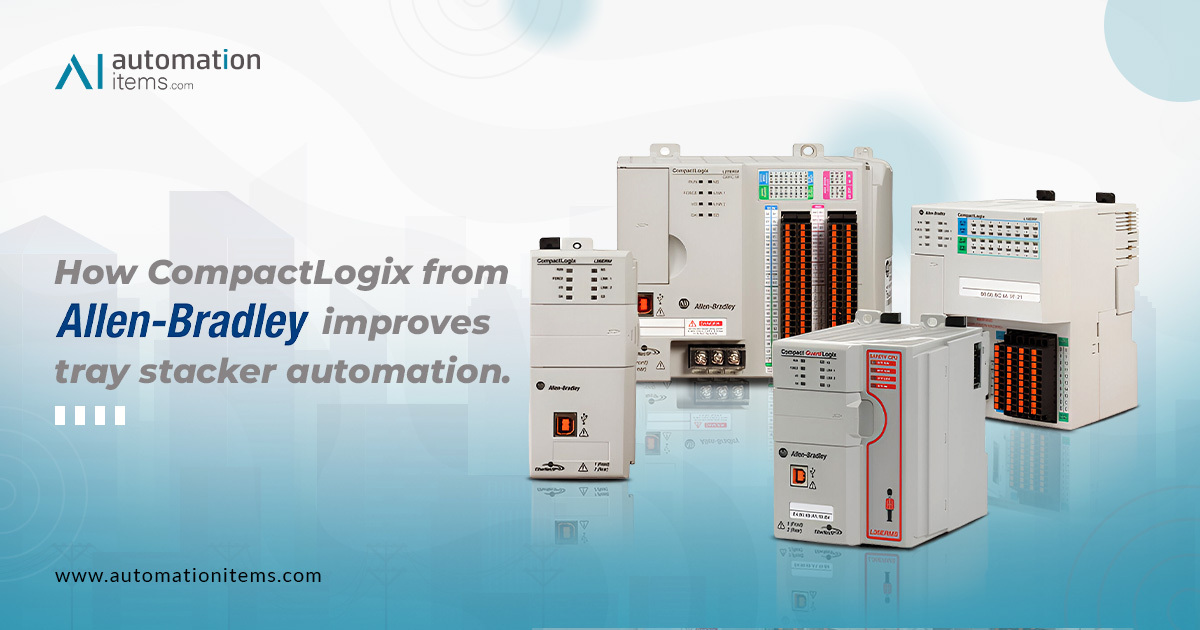How to Source Genuine Allen Bradley Parts at the Best Price in the UAE
When it comes to factory automation and control systems, Allen Bradley (by Rockwell Automation) stands as one of the most trusted global brands. From PLCs and HMIs to drives, controllers, and safety relays, industries in the UAE rely on Allen Bradley for unmatched reliability and performance. But here’s the challenge: balancing authenticity, cost, and lead times while sourcing Allen Bradley spare parts in the UAE. Counterfeit risks, long shipping delays, and inflated pricing often complicate procurement. This guide walks you through proven strategies to ensure you get 100% genuine Allen Bradley parts at the best prices in the UAE—without compromising on quality or uptime. 1. Be Precise: Know Your Part Numbers Allen Bradley product codes can be confusing, with small suffixes changing specifications. Always confirm: Exact part number (including firmware version). Compatibility with your system. Model demand in the UAE (stock availability). Popular Allen Bradley parts in UAE industries include: Allen Bradley 1756-L83E – ControlLogix 5580 Controller Allen Bradley 1769-L33ER – CompactLogix 5370 Controller Allen Bradley 1734-IB8 – POINT I/O 8-Point Digital Input Module Allen Bradley 1766-L32BXB – MicroLogix 1400 Controller Allen Bradley 440R-D22S2 – Guardmaster Safety Relay Allen Bradley 2711P-T10C4D9 – PanelView Plus 6 10” HMI Allen Bradley 1756-EN2TR – ControlLogix Ethernet/IP Bridge Module Allen Bradley 1756-IF16 – ControlLogix Analog Input Module A wrong suffix could mean a different voltage, I/O configuration, or firmware, so precision saves both cost and downtime. 2. Buy Only from Trusted sources To guarantee authenticity, buy Allen Bradley products from Rockwell Automation’s trusted Automation spare parts suppliers UAE. This ensures: 100% original Allen Bradley parts. Full manufacturer warranty. Access to latest firmware releases. Reliable after-sales support. 3. Compare Prices Smartly (Without Sacrificing Authenticity) Cheap online deals may hide refurbished or counterfeit products. Instead: Request quotes from at least 3 trusted distributors. Ask for bulk purchase discounts. Inquire about price matching policies. Remember: saving a few dirhams on a fake product costs far more in downtime. 4. Look for Surplus & Clearance Stock UAE suppliers sometimes stock surplus items from large projects. These can be 100% new, factory-sealed, and under warranty—sold at much lower prices. Just verify: Original packaging intact. Warranty still valid. Items are unused and certified by the supplier. 5. Prioritize Local UAE Stock to Reduce Downtime Downtime is the real cost driver in automation. Buying from UAE suppliers with ready stock gives: Same-day or next-day delivery. Lower shipping expenses. No customs delays. Even if local prices are slightly higher, the savings from reduced downtime outweigh the difference. 6. Build Long-Term Supplier Partnerships For companies that frequently need Allen Bradley parts, consider annual supply agreements. Benefits include: Locked-in discounted pricing. Priority allocation for critical parts. Flexible payment and delivery terms. This ensures continuity, especially for mission-critical Allen Bradley controllers and I/O modules. 7. Verify Authenticity Before Installation Before installing any Allen Bradley part: Check the hologram and barcode. Verify the serial number on Rockwell’s portal. Confirm manufacturing date for fresh stock. Final Thoughts: Get Genuine Allen Bradley Parts in the UAE Sourcing Allen Bradley spare parts in the UAE isn’t about chasing the lowest quote—it’s about finding the right balance of authenticity, cost-effectiveness, and delivery speed. At Automation Items, we specialize in supplying genuine Allen Bradley spare parts—from 1756-L83E ControlLogix controllers to 2711P PanelView HMIs—with fast UAE delivery and competitive global pricing. Whether you’re in Dubai, Abu Dhabi, or Sharjah, we ensure you get authentic Allen Bradley automation spare parts—on time, every time.
